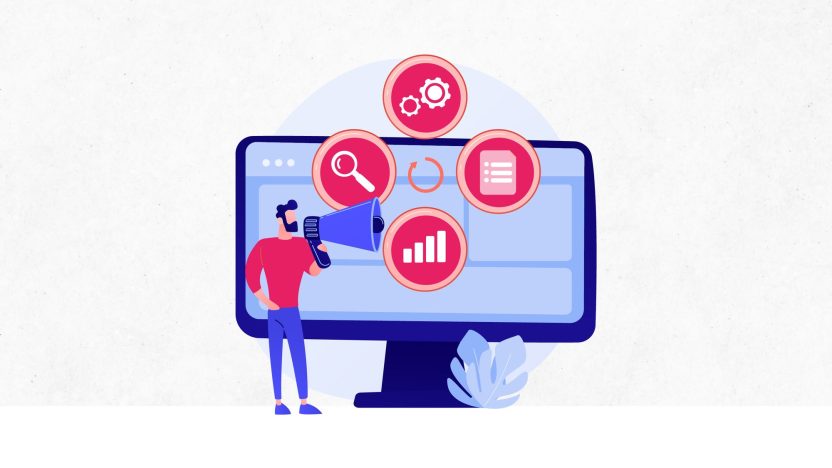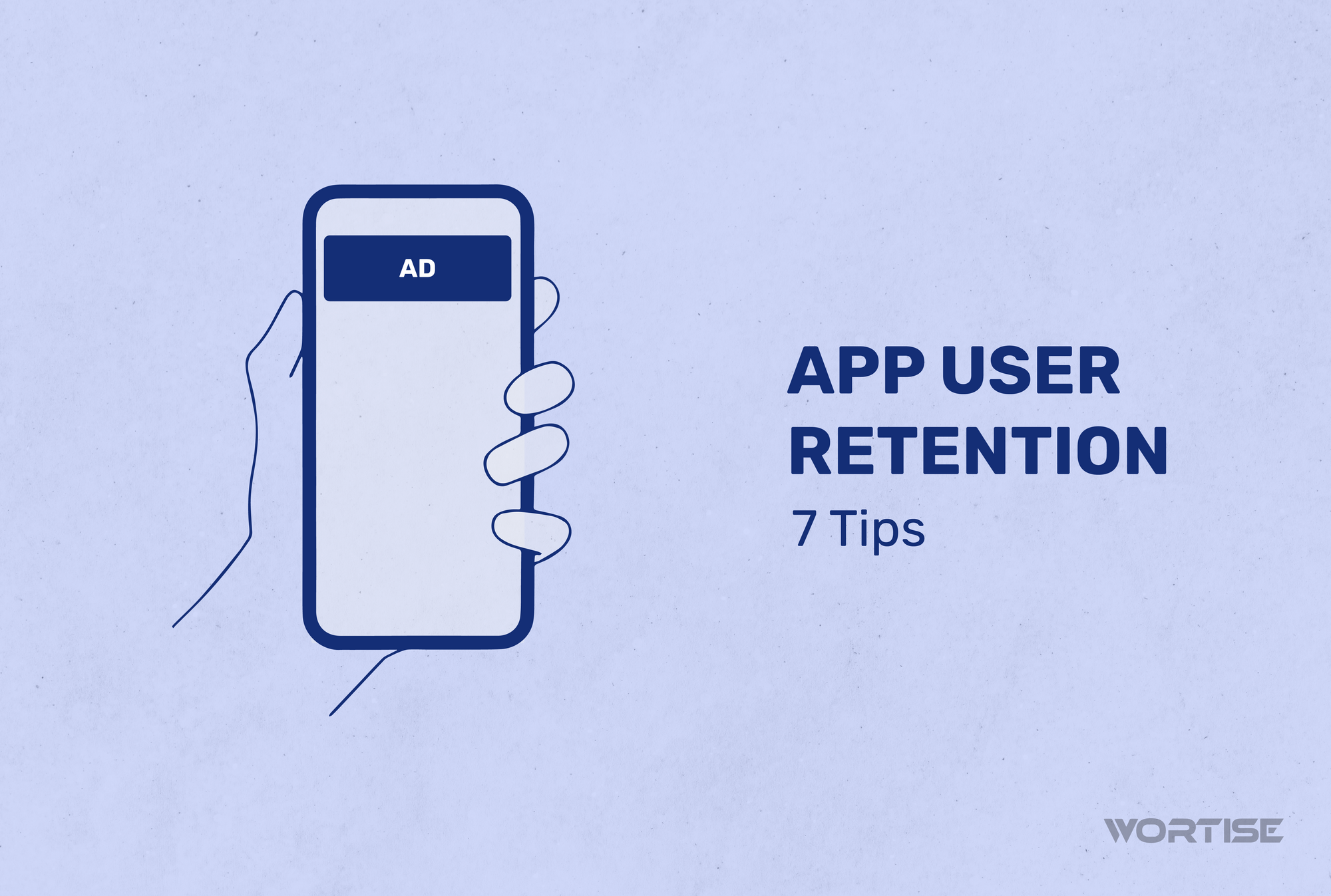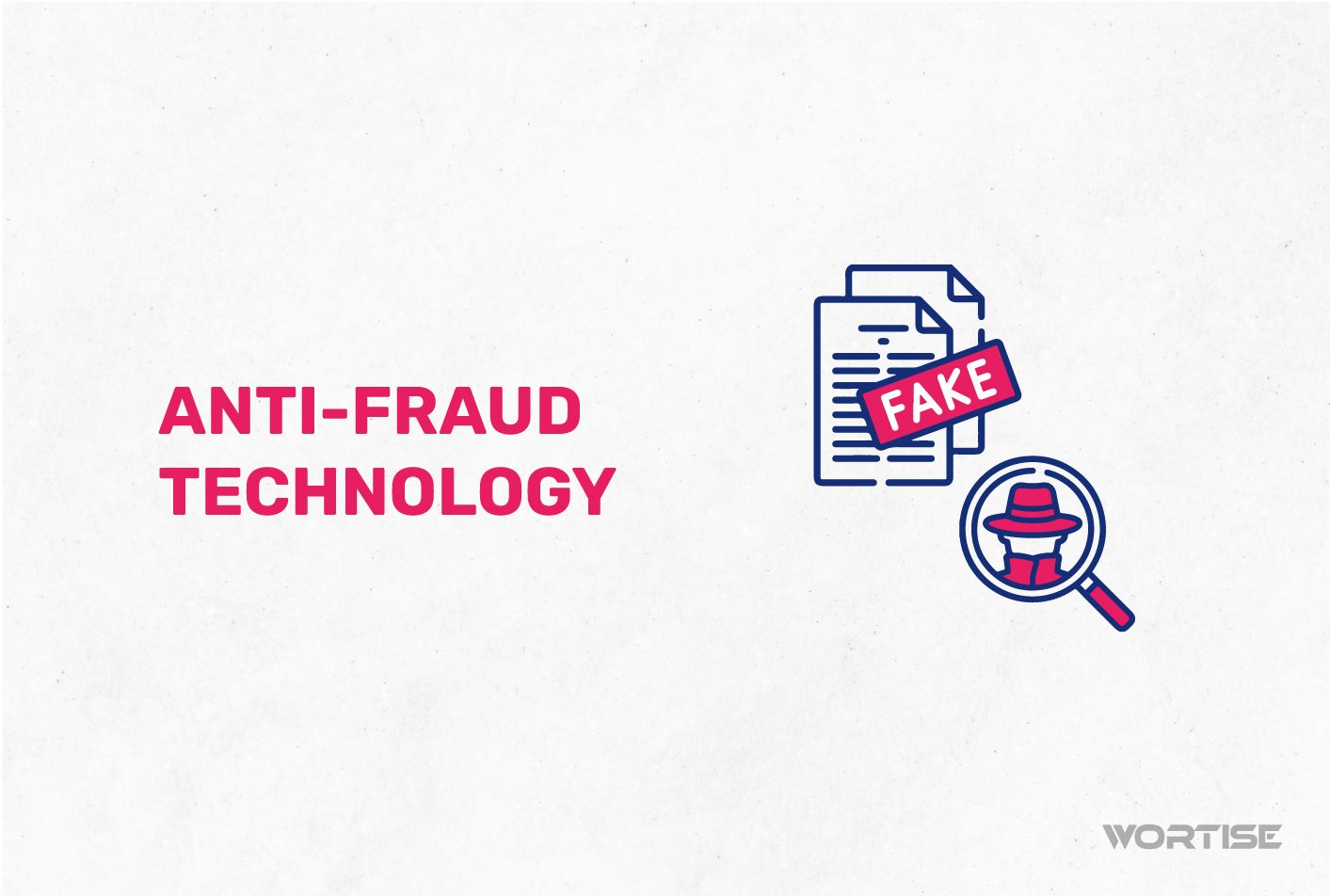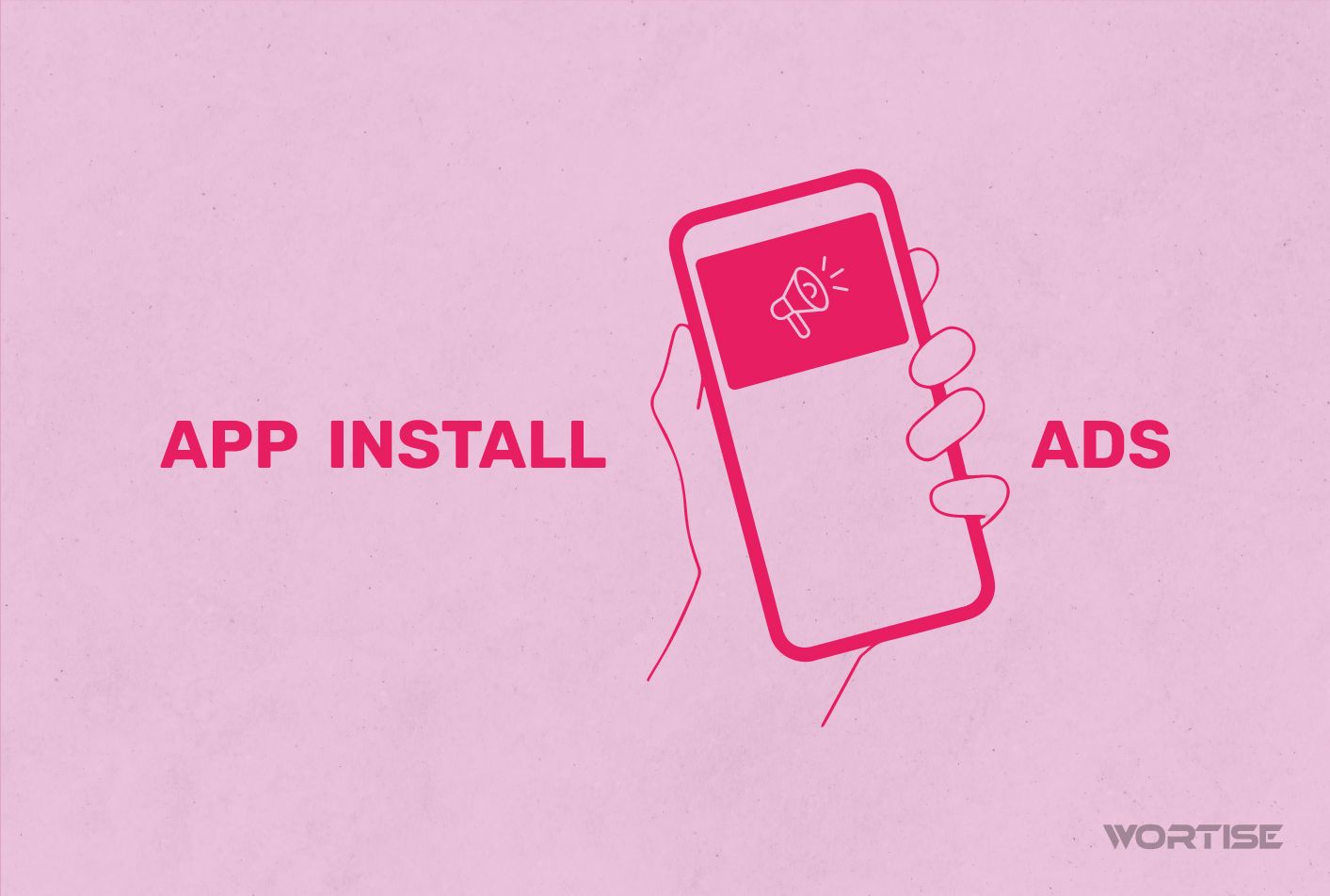Maximizing the revenue of your Programmatic Advertising campaigns involves a perfect cocktail that combines strategy and creativity. There are no shortcuts or hacks, just a lot of hard work and patience! But that doesn’t mean we can’t keep an eye on trends; after all, they’re making noise for a reason. These are the Programmatic Advertising trends that will shape campaigns for publishers like you:
1. Programmatic Advertising In-house
Did you know that companies have two alternatives for managing their Programmatic Advertising? They can either outsource this task to an external agency or handle it internally.
A few years ago, very few dared to manage programmatic advertising themselves, but today the story is different.
Over time, brands have begun to see the great potential of this type of advertising and have opted to take greater control over it.
And you know what? It has turned out to be a very smart move! Managing Programmatic Advertising in-house offers a series of benefits, both in terms of cost savings and efficiency.
That’s why in 2024, this will be one of the major trends in the world of programmatic advertising!
These are the benefits of running programmatic advertising internally:
- Increased Data Control
When you take the reins of your programmatic advertising in-house, you have direct control over your data. This means you can segment your audience more precisely and accurately.
- Greater Emphasis on Key Objectives
By eliminating intermediaries, you have the freedom to focus your objectives with greater emphasis and go after them full throttle. No distractions or complications.
- Improved Return on Investment (ROI)
Companies that choose to manage their Programmatic Advertising in-house can achieve a much higher return on investment. But why? Simple, because they have the freedom to constantly and consistently optimize their campaigns. It’s a win-win!
2. Video Ads, an Essential Format for Monetization
Videos have been stealing the spotlight on social media in recent years, whether for entertainment, information, or even for leveraging digital marketing through online advertising.
How viable would it be for publishers to resort to advertising through videos? These are the type of media that have the greatest impact on the audience! In fact, video consumption alone represented 65% of global internet traffic in 2023.
Moreover, according to a study by Statista, the digital video advertising market is growing rapidly and total spending is expected to reach $120 billion in 2024. This data represents a great opportunity for companies and publishers to view this trend positively and thus reach consumers through video ads.
Many internet users turn to this type of content to gather more information about any brand or product. So if you are a publisher thinking about a good medium to advertise your ads, the video format will open doors to new monetization opportunities. Don’t hesitate to include them in your programmatic advertising strategy!
3. Use of Artificial Intelligence and Machine Learning
AI and machine learning are booming in various areas, and programmatic advertising is no exception.
These new technologies allow advertisers, publishers, and programmatic advertising platforms to collect and analyze large amounts of user data in real-time.
But how does this help us maximize our programmatic advertising revenue?
AI and machine learning support you in the following ways:
- Advanced Personalization
AI and machine learning allow for much more advanced ad personalization. These technologies can analyze user behavior, interests, preferences, likes, and other signals to offer ads that are more relevant and appealing to each individual.
- Precise Segmentation
With AI, it is possible to segment the audience much more accurately. This means that advertisers can target specific groups of users who are more likely to be interested in their products or services, increasing the effectiveness of advertising.
- Optimization of Advertising Campaigns
AI is also used to optimize advertising campaigns in real-time. Programmatic advertising platforms can automatically adjust campaign settings, such as budget and targeting, to maximize performance and reach publishers’ goals.
- Fraud Detection
Hold on, fraud! Another significant advantage of AI in programmatic advertising is its ability to detect and prevent advertising fraud. AI algorithms can analyze user behavior and detect suspicious patterns that could indicate fraudulent activity, helping to protect advertisers’ investments.
4. Advertising in Video Games (In-Game Advertising)
The online gaming market is constantly growing, with more and more people joining different gaming platforms, whether on consoles, computers, or mobile devices. Furthermore, with the increasing popularity of streaming games, the opportunity to maximize revenue with programmatic advertising is enormous.
Why should you consider advertising in online games? Firstly, because this type of advertising is not yet as saturated compared to other media, which means you can stand out and achieve more ambitious goals.
A key aspect to consider is user attention while playing. Unlike other entertainment moments, such as listening to music or engaging in other activities, players have much more focused attention on the game. This creates a unique opportunity for your programmatic advertising campaigns to reach their audience more effectively and be displayed.
Additionally, in-game advertising, as one of the programmatic advertising trends, offers a very attractive advantage: instead of interrupting the gaming experience with intrusive ads that may annoy users, it integrates naturally into the game environment. This ensures that users’ experience is not affected and that ads are more receptive and effective for them.
5. Integration of Programmatic Advertising in Traditional Media
The reach of programmatic advertising is so broad that it can even extend to traditional media. Publishers can take advantage of this trend to reach a broader audience and increase the visibility of their ads across various media environments.
- Personalized Television and Radio
With Programmatic Advertising, advertisers and publishers can use data about viewers and listeners to personalize the ads they see and hear. For example, if they know they like tourism, they may see an airline ad offering to transport them to various parts of the world, or they may hear an ad about the different flight prices offered by other airlines on their favorite radio station.
- Improved Advertising Efficiency
By integrating Programmatic Advertising into traditional media, advertisers can improve the efficiency of their advertising campaigns. Instead of showing the same ad to all viewers or listeners, they can customize messages to reach specific audiences, increasing the likelihood that ads will be relevant and effective.
- Greater Reach and Coverage
Integrating Programmatic Advertising into traditional media can also help expand the reach and coverage of advertising campaigns. By reaching audiences through multiple channels, such as television, radio, and digital media, publishers can impact more people and increase the visibility of their messages. More visibility, more opportunities.
6. 5G Technology
5G is changing the way we connect to the digital world and is also significantly impacting Programmatic Advertising. How is this possible?
With the arrival of 5G, we will experience a noticeable improvement in the speed and quality of our wireless connections. This means that your advertising can offer higher resolution and visual quality, making them more eye-catching and efficient at grabbing users’ attention. This means that for you, as a publisher, your ads are more likely to convert and generate positive results!
Furthermore, 5G also significantly reduces loading times, which translates into a smoother and faster user experience. And what does this imply? Fewer delays in loading ads, increasing the likelihood that users will interact with them and visit your website. Say goodbye to those annoying loading delays that scare away the audience!
Additionally, with the arrival of 5G, a reduction in the use of ad blockers is expected, as page loading times will be significantly faster. This is a blessing for those of us working in programmatic advertising. With this trend on the verge of materializing, our ads will not be blocked by these types of programs, ensuring greater visibility and ensuring that our investment is not wasted.
7. Goodbye Third-Party Cookies
Third-party cookies are a crucial issue in online advertising. These small pieces of code are sent to the user’s browser when visiting a website, recording information about their web activity and sharing it with other sites and advertising companies.
Their purpose? They enable publishers to display personalized ads based on the interests and behavior of their online audience. For example, if your audience is searching for clothing on one site, they may see clothing ads on other sites they visit afterward.
But here’s the interesting part: due to privacy concerns, third-party cookies are gradually being phased out. This change is transforming the dynamics of online advertising and ad targeting to users. Google, for example, plans to eliminate them entirely by 2024, although previous delays raise doubts.
So, how does this Programmatic Advertising trend impact your campaigns? It affects to the extent that online advertising companies must adapt. Instead of overly relying on third-party cookies, they should focus on using first-party cookies. These cookies, created by the website itself, provide useful data for advertising without compromising users’ privacy.
Fortunately, many advertising software companies are already working on solutions for this new scenario without third-party cookies. Although the future may seem uncertain, there is hope and solutions on the way for publishers to ensure they can continue their programmatic advertising campaigns without relying on third parties in the process.
8. White Label Software
Suppose you’re hosting a party at home and need to prepare food. You can choose to cook each dish from scratch, which involves a lot of time and effort, or opt for a catering service that provides you with all the food ready to serve. Similarly, white label software, a prominent trend in Programmatic Advertising, works on the same logic. These tools have the potential to improve your business and help you achieve your goals more efficiently.
With white label software, you retain full control over your advertising campaigns. You can customize them to fit your needs and goals, effectively adapting them to your audience. Additionally, they offer a clear view of your campaigns in real-time, allowing you to track the performance of your ads and make decisions to optimize your advertising strategies.
They are very easy to use, with an intuitive interface and simple functions. By using this type of software, you save time and resources that you would otherwise have to invest in developing your own platform. This allows you to focus on other areas of your business and increase your productivity.
9. Contextual Advertising
Contextual Advertising, like nature itself, has an ideal habitat for each species of animal in the world. The same goes for advertising, for it to feel like it’s in the right environment, it must maintain relevance to the website where publishers display their ads.
So if you’re a publisher who wants your ads to have better visibility and for users not to feel like you’re being intrusive with them, it’s good to know about this Programmatic Advertising trend to stay one step ahead of the rest.
To start, Contextual Advertising specifically focuses on showing ads that are related to the content or theme of the website on which they appear.
These types of ads are selected based on algorithms that seek a match between the ad and the main theme of the webpage. This feature is often useful for users searching for specific information or products, replacing third-party cookies that tend to invade the privacy of the browser by recording their activity. For example, a person searching the web for topics related to video game consoles like the well-known PlayStation series, contextual advertising will automatically display some of the best video games for that console that are trending in gaming or are about to be released to the market.
Knowing that third-party cookies are disappearing considerably due to privacy policies, it’s a great opportunity for publishers to take advantage of the great utility of Contextual Advertising that will lead them to increase the relevance and effectiveness of their ads, as well as improve the user experience and optimize advertising revenue. Here everyone wins. The better the context, the higher the revenue.
A transparent ad mediation platform with high eCPM like Wortise beats any trend. We take care of 100% of monetizing and maximizing your app’s earnings with programmatic advertising.
At Wortise, we help you maximize your earnings from day one with the highest eCPM in the market (double what Google Admob gives you). Connect to over 100 Ad Networks, get premium advertisers without affecting your users’ experience, and increase your revenue with select, clean, and multiple format ads.
Additionally, you have personalized support in Spanish to resolve any doubts about in-app monetization.




